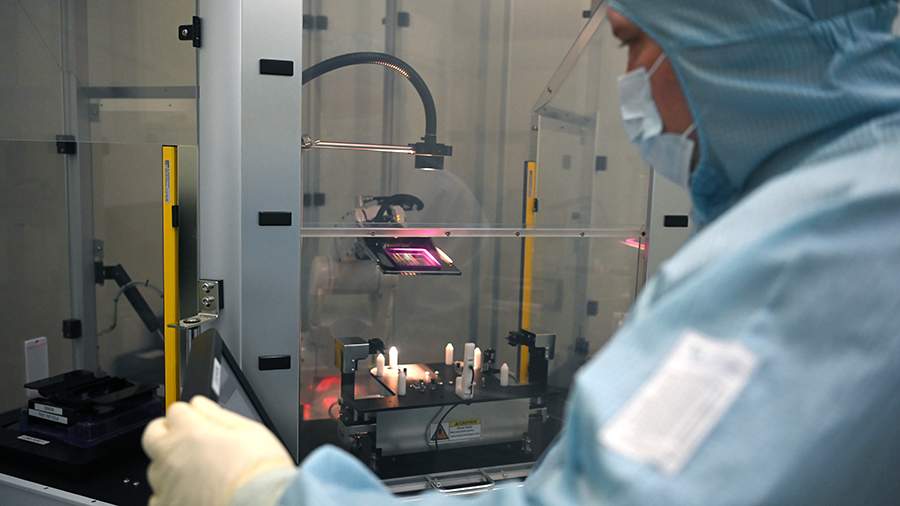Kovalchuk spoke about the creation of unique microelectronics at the Kurchatov Institute
- Новости
- Science and technology
- Kovalchuk spoke about the creation of unique microelectronics at the Kurchatov Institute

Scientists of the National Research Center "Kurchatov Institute" are developing unique neuromorphic microelectronics and creating a quantum network as a network research infrastructure. This was announced by the head of the research center Mikhail Kovalchuk at a meeting with Russian President Vladimir Putin on September 23.
"We are engaged in fundamentally new neuromorphic microelectronics. We have concentrated today almost all, almost 100% of the network infrastructure for science, completely all the supercomputer part, all the networks - 20 thousand kilometers of networks. Now we are engaged in quantum network, also here on the territory", - said Kovalchuk.
He pointed out that researchers of the institute have created prototypes of engines that will allow Russians to advance in the exploration of Mars and the Moon. He emphasized that further space exploration is associated with fundamentally new engines that provide a different thrust. Such installations, such as prototypes of ion-plasma engines, will allow cosmonauts to "sail" to another planet and land, he explained.
"We fly into space today like Munchausen on a core. We have the RD-180 engine worked for three hundred seconds, "gave a kick", and we flew along ballistic trajectories that we can't influence. And we need to barrage, dock to the Moon," Kovalchuk concluded.
Earlier during the meeting, Kovalchuk agreed with Putin that the priority in space exploration is intellect and soul, which allowed domestic scientists to create nuclear power in the country and provide access to outer space.
On September 14, Academician Lev Zeleny, scientific director of the Space Research Institute of the Russian Academy of Sciences and the first stage of Russia's lunar program, said that Roscosmos supported the idea of creating two automatic stations Luna-27, although there is no final decision. According to the scientist, if there is one spacecraft, it would be logical to send it to the North Pole of the Moon, which is an understudied part of the satellite.




